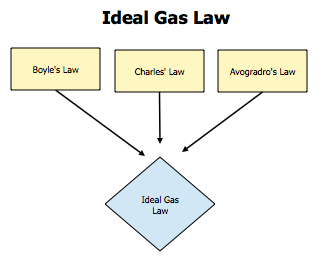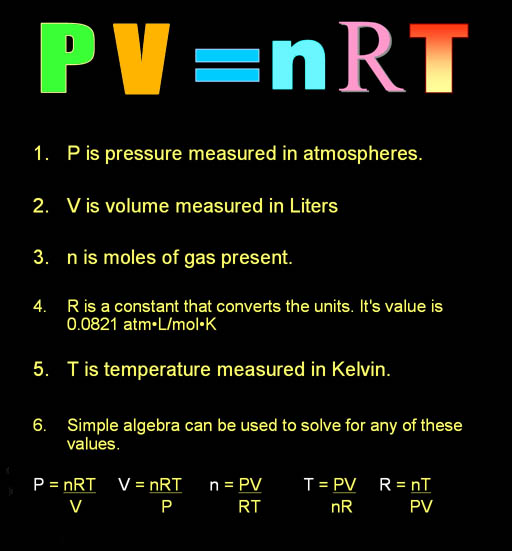
A periodic table of orbitals
video:
The World of Chemistry: The Atom click the VOD button by #6-The Atom. 28 minutes. A review of the atom that summarizes this week's lesson aims, particularly in the last 10 minutes. If you are very comfortable with the whole atomic theory stuff, just watch the last 10 minutes and go on to the more advanced material from The Mechanical Universe:
Particles and Waves click the VOD button for #50. This is extra understanding for those of you who wish to go deeper. 28 minutes. and fascinating (to me). If you are intimidated by the math, just pretend that the equations are doing complicated dance moves. If this year has been your first introduction to atomic theory, just watch the first video in its entirety and skip the second.
Textbook reading: 11.7-11.8 which may make our whirlwind tissue paper art project have a little more meaning to us. Answer end of chapter questions for each section.
And here is a worksheet that will help you see the patterns:
Where are the electrons?
Lastly, a site to peruse:
The Orbitron Don't read it, just click on the various sub-levels to see the increasing complexity of the higher energy levels.
Thank you for your very excellent work on the lab reports, and for the fantastic level of cooperative learning demonstrated in class. You make me feel like a real teacher.



